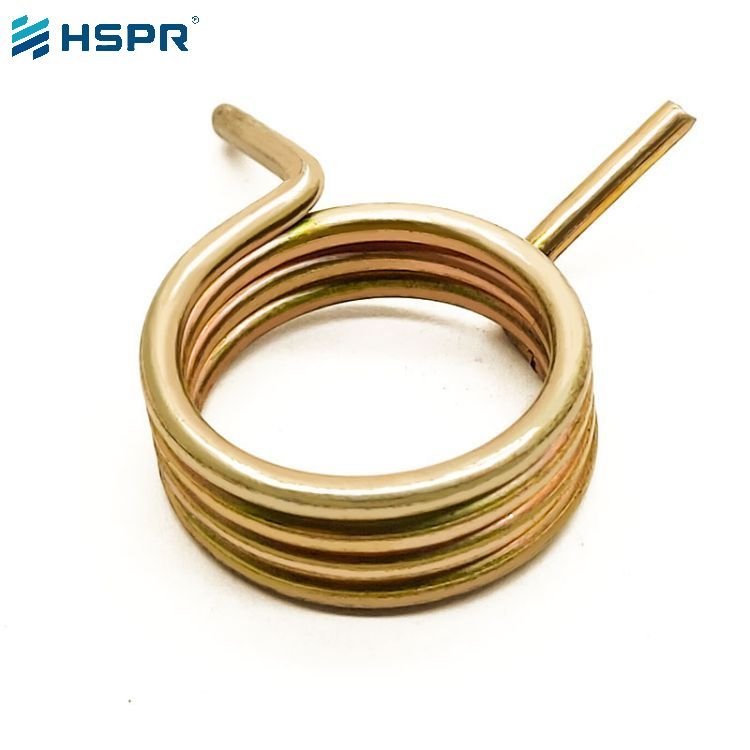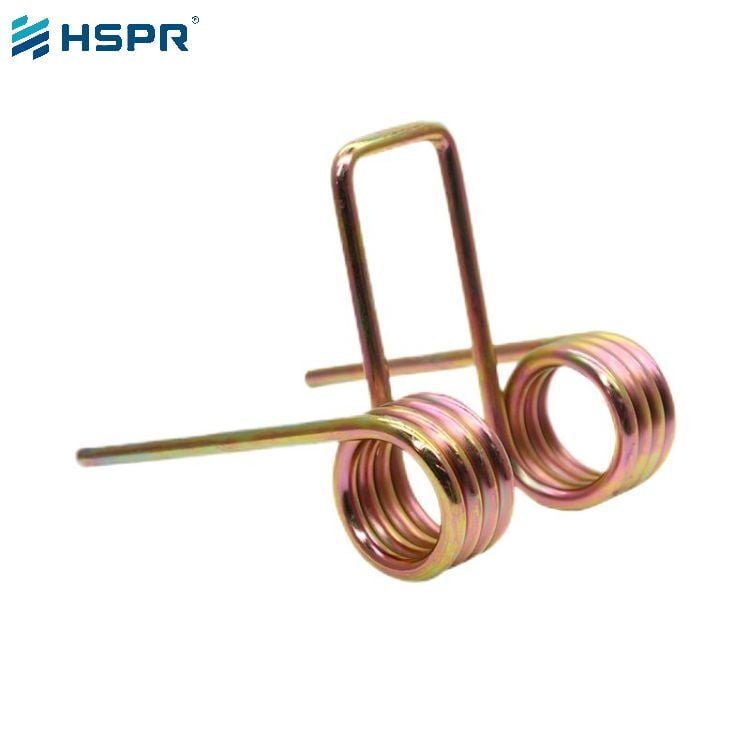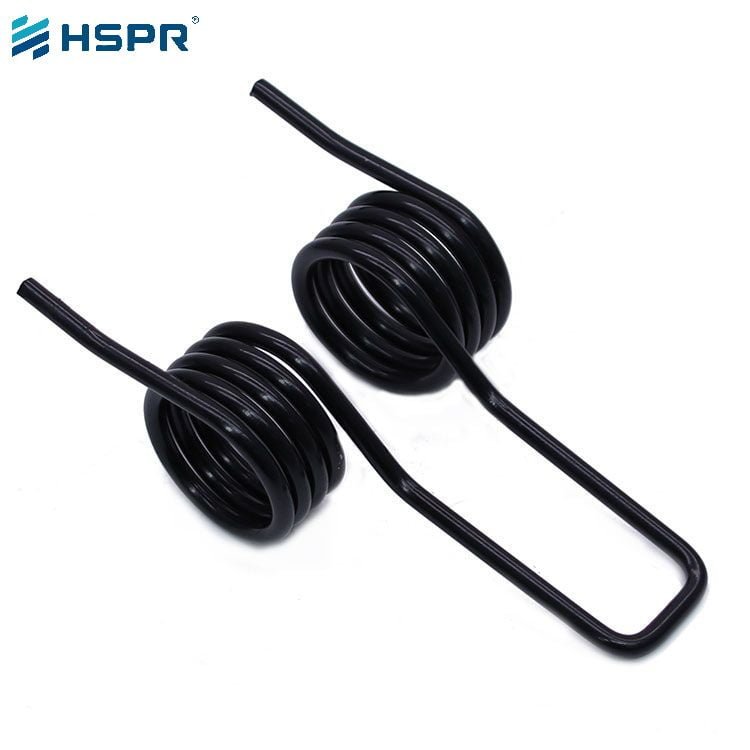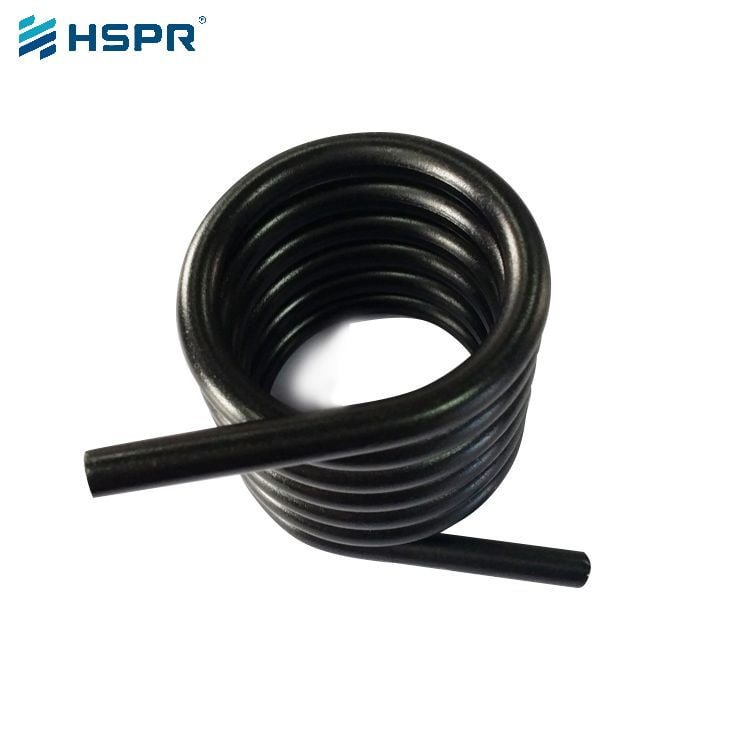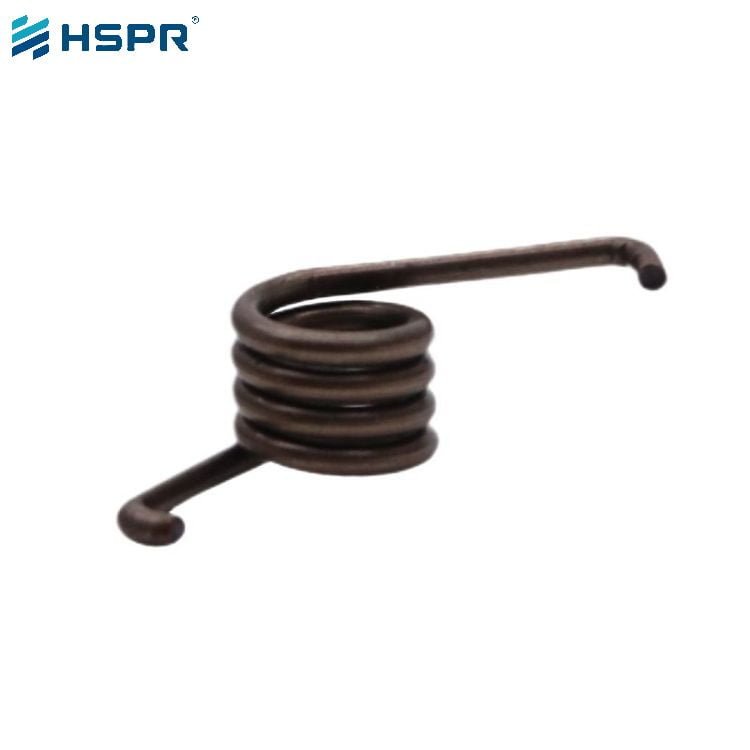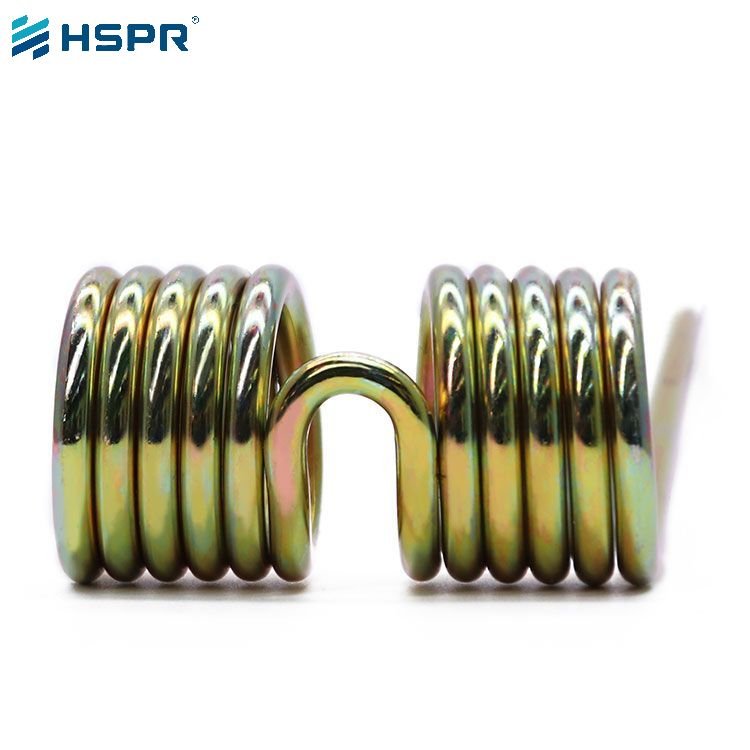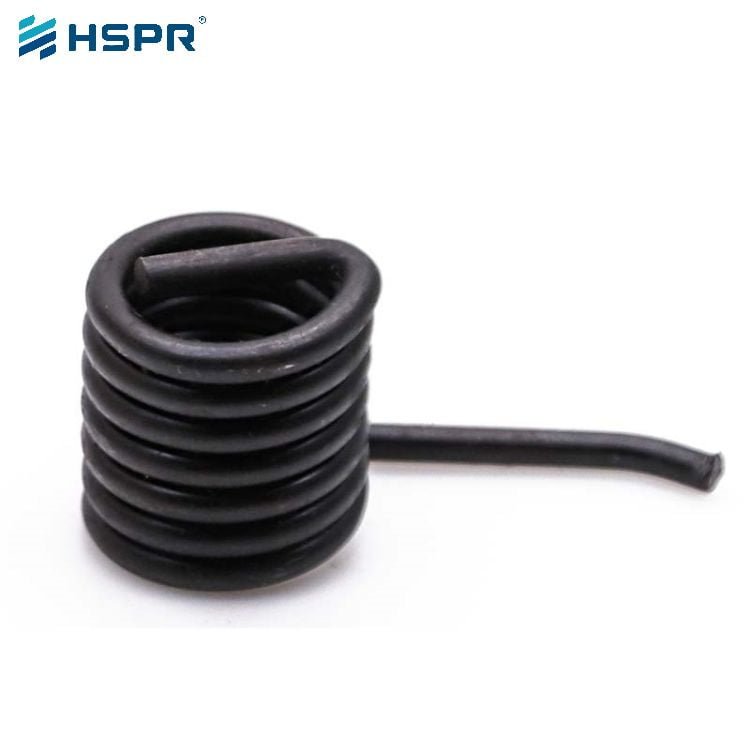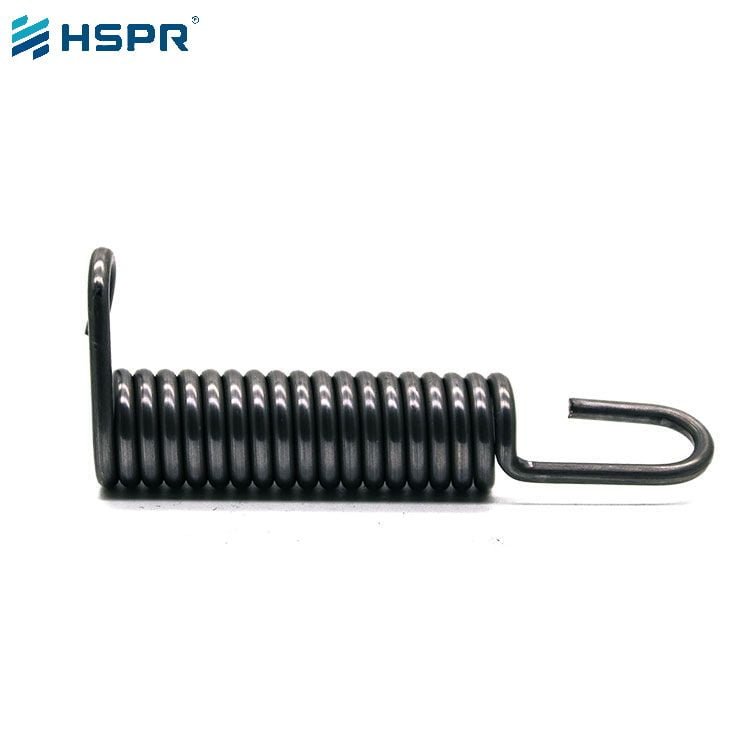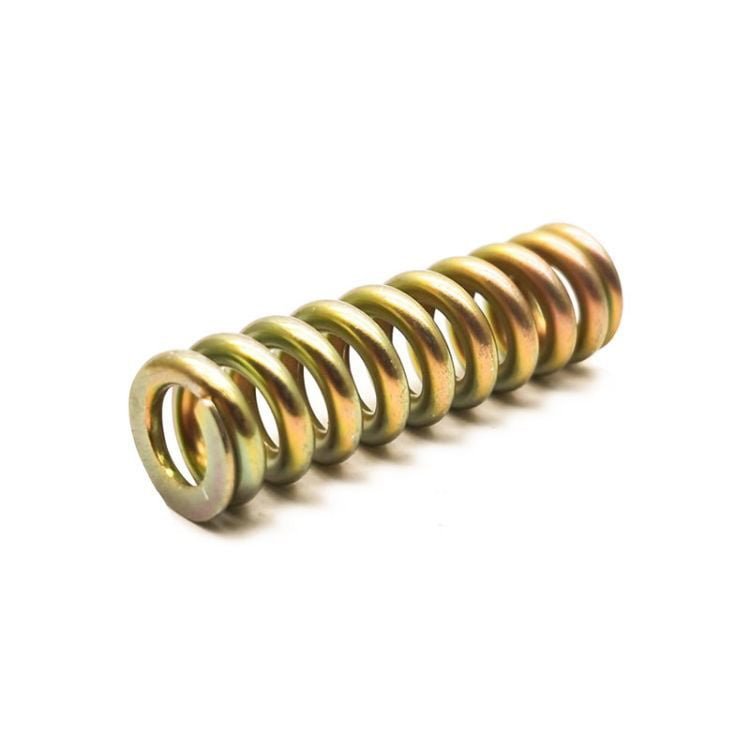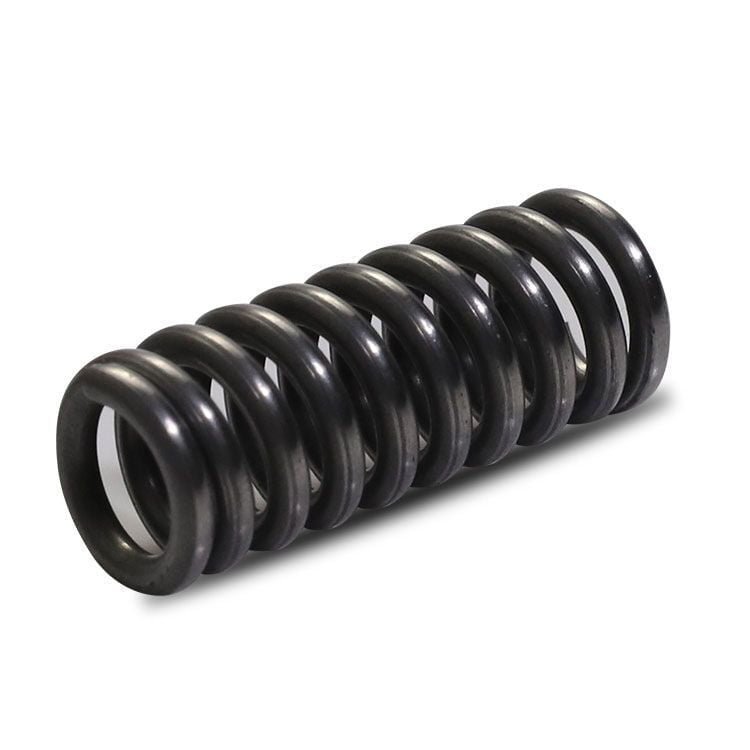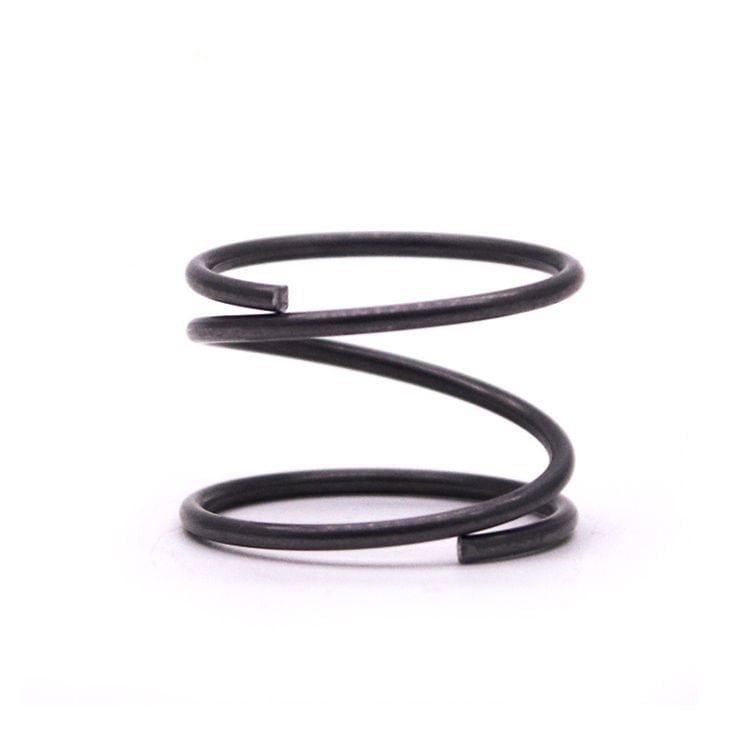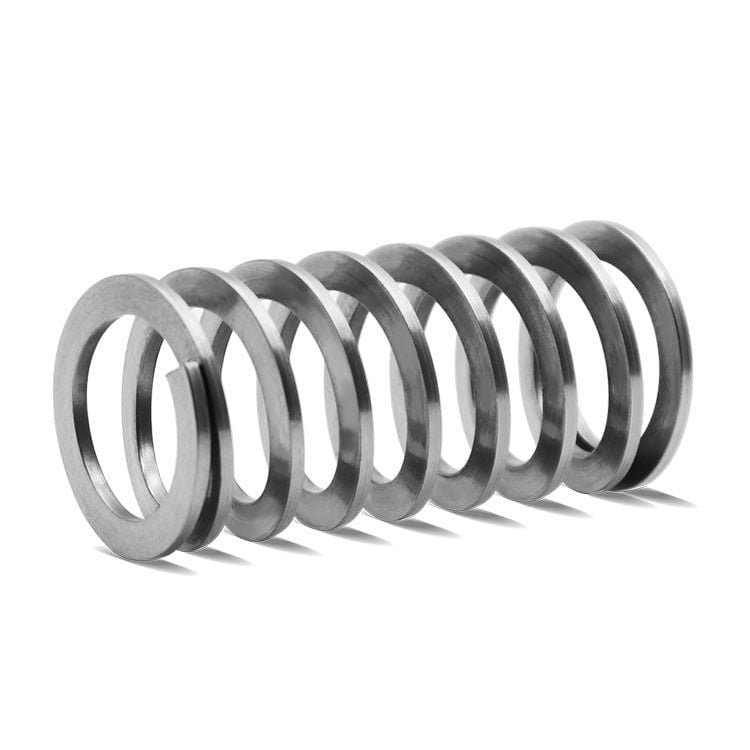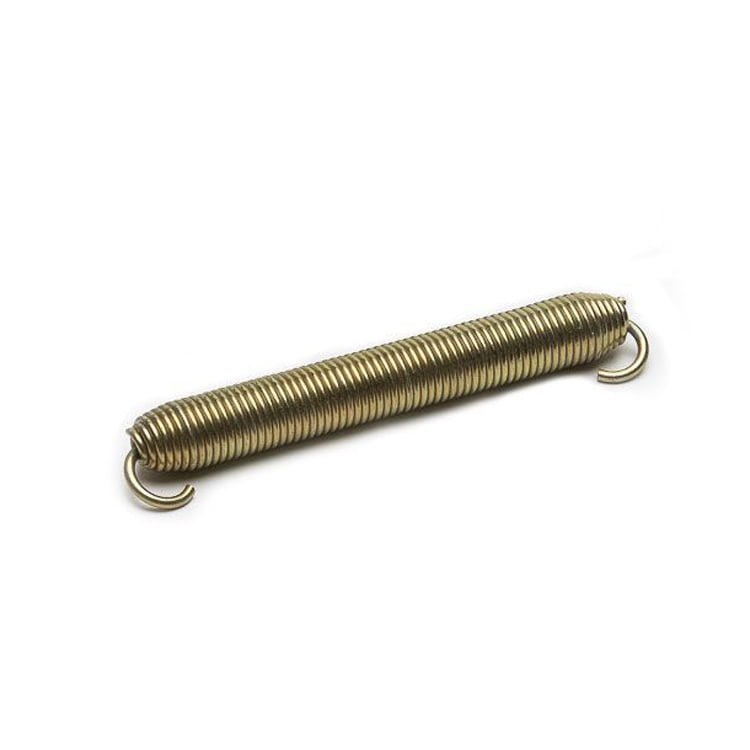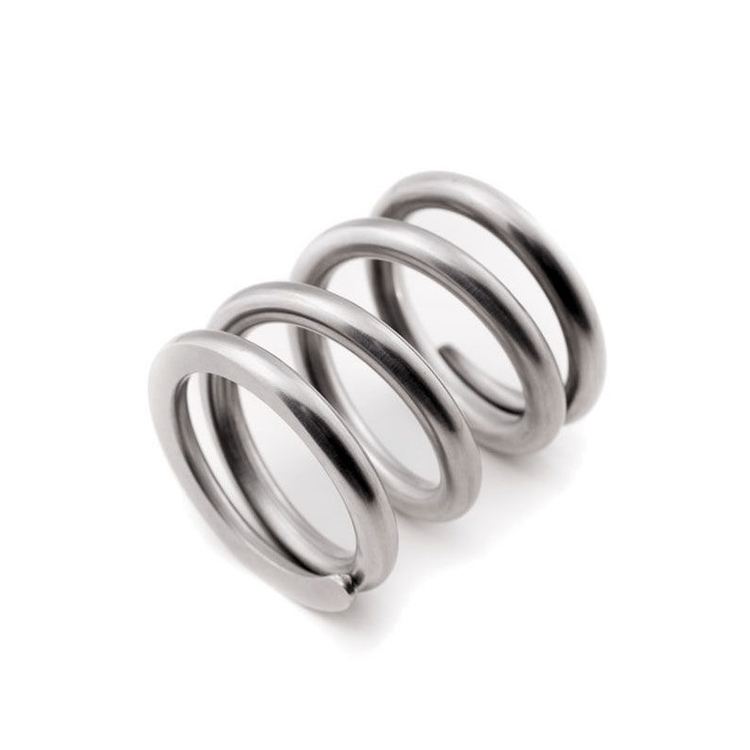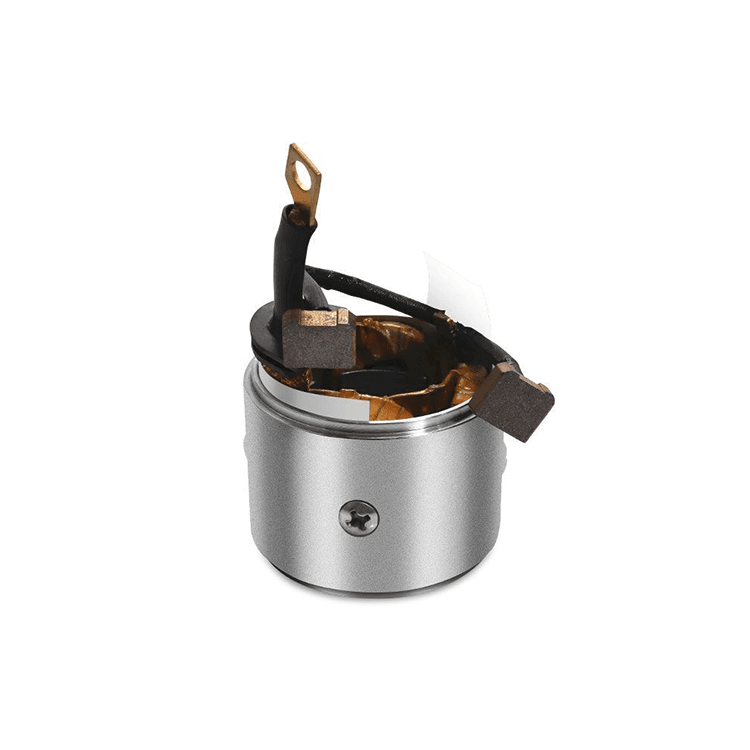Industrial torsion spring
Industrial torsion springs are essential components in a wide range of applications, from garage doors to heavy machinery to aerospace and automotive systems. The working principle of these springs is to store mechanical energy when twisted and release it when the torsional force is eliminated.
Industrial torsion springs are usually made of metal materials and have the characteristics of being able to withstand torsional forces and return to their original state after torsion.
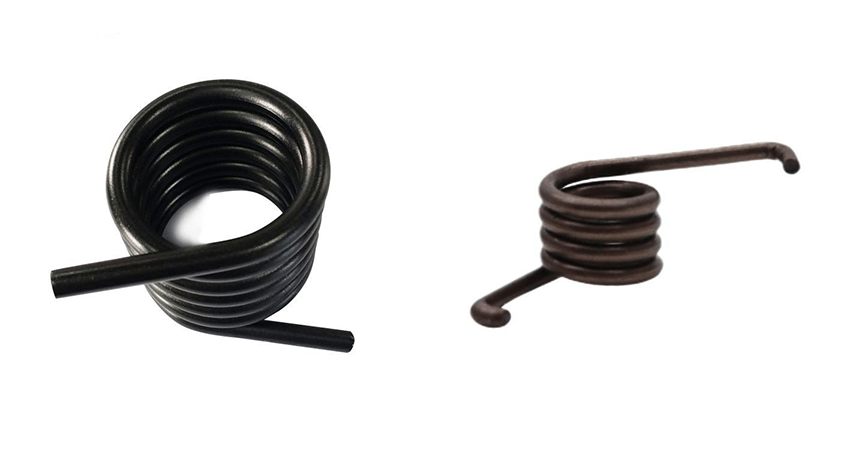
Types of industrial torsion springs:
- single torsion spring: this is the simplest type of torsion spring, composed of a single helix.
- double body torsion spring: This spring has two coils, connected by a central component, providing greater resistance and torque.
- straight torsion springs: These are flat straight springs, when the force is applied, they will be twisted along its axis.
- spiral torsion springs: These springs are commonly used in automotive suspension systems, where the coil is wrapped around the shock absorber.
The choice of materials for industrial torsion springs:
The choice of materials is crucial for the design of torsion springs as it affects durability and performance. Common materials include:
- High-carbon steel: It has high strength and durability and is very suitable for heavy-duty applications.
- Stainless steel: It is corrosion-resistant and suitable for applications where exposure to moisture is a concern.
- Alloy steel: It provides a balance of strength and flexibility.
Design considerations for industrial torsion springs:
- Load requirements: Determine the required torque, angular deflection, and load cycle.
- Wire diameter: The thickness of the wire affects the strength and flexibility of the spring.
- Coil diameter: The diameter of the coil affects the deflection characteristics of the spring.
- Wind direction: Torsion springs can be designed to be wound clockwise or counterclockwise depending on the application.
- End configuration: The shape of the spring ends can be customized according to your needs, such as hook ends, loop ends or straight ends.
Installation and maintenance of industrial torsion springs:
- Correct installation and maintenance are crucial for the lifespan and safety of torsion springs.
- Installation: Follow the manufacturer’s instructions for correct and safe installation to ensure the safe and effective operation of the spring.
- Regular inspection: Regularly inspect whether the torsion spring is worn, corroded or damaged, and replace it if necessary.
- Lubrication: Lubricate the spring as recommended to reduce friction and extend its service life.
- Safety: Torsion springs store a large amount of energy when wound. Be extra careful when using or working around them to avoid accidents.
Industrial torsion springs have high strength and durability, and can maintain stable performance during long-term and repeated use. Good elastic recovery ability ensures precise reset after each torsion, and different sizes, shapes and torque parameters can be customized according to specific application requirements.
When choosing industrial torsion springs, many factors need to be considered, such as the temperature, humidity, corrosiveness of the working environment, as well as the magnitude of the torque to be endured, the installation space, etc. At the same time, high-quality industrial torsion springs should also have good fatigue resistance and reliability to adapt to the high-intensity and long-duration working requirements in industrial production.
In conclusion, as an indispensable component in the industrial field, industrial torsion springs, as important elements applied in the fields of mechanical equipment, vehicles, aerospace, etc., can adapt to various complex working environments and play an important role due to their characteristics such as high strength, corrosion resistance, customization and high elasticity. They are of great significance for improving equipment performance, ensuring production efficiency and quality.
Address
140 meters north of the intersection of Xueyuan Road and Textile Road, Huixian County, Xinxiang City, China
